Seasons – June 2021
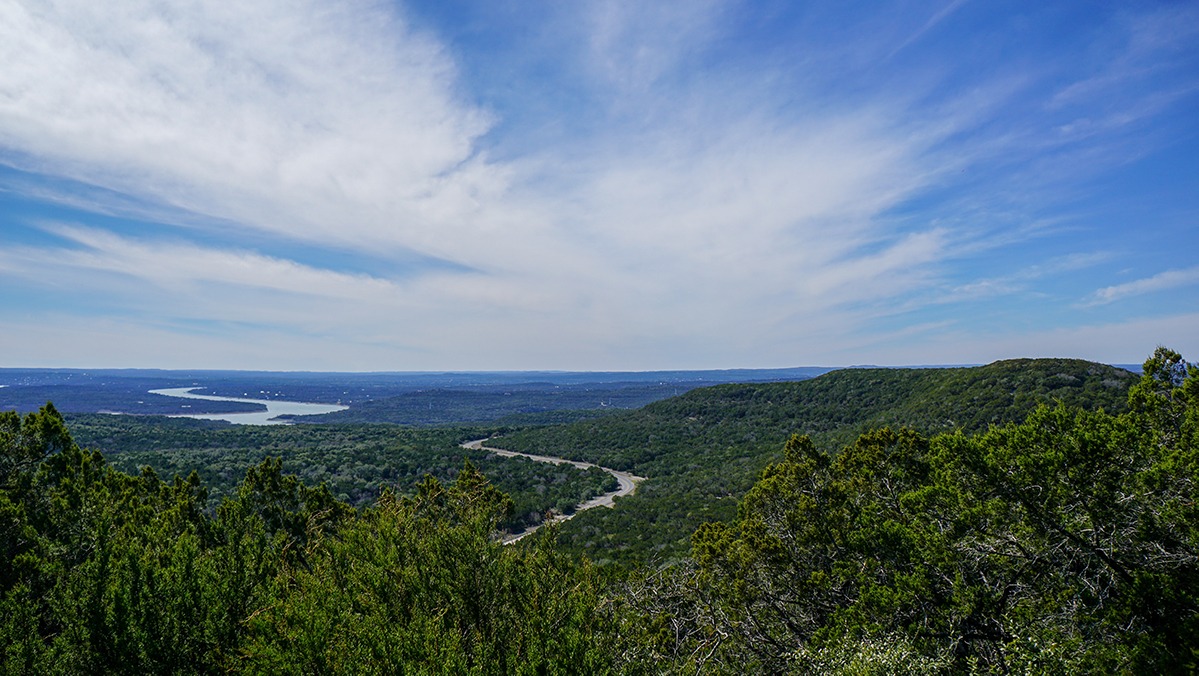
From the Plateau Land & Wildlife Management Team
The first half of the year seems to have flown by and another hot, Texas summer is upon us. As the kids start to get out of school, and more of us begin to flock to our properties for some recreational downtime, there are lots of fun activities that you can do on your property that also benefit your wildlife.
In this issue of Seasons find articles, blogs and videos about Black Birders Week 2021, risk management strategies for recreational properties, summer webinars presented by our expert biologists, and more! Be sure to stay safe and cool out there as temperatures rise, and as always, please feel to reach out if there’s anything we can do to help you protect, enhance or better enjoy your land.
Until next Seasons,
The Plateau Team
Table of Contents
#BlackBirdersWeek 2021
Wildlife Management Activity Reminder: Chemical Control Brush Management
On-Demand Webinar: Tools to Limit Your Risk & Protect Your Land
Service Spotlight: Summer Webinars
Field Notes: Pictures & Highlights of Properties in Wildlife Management
News for Texas Landowners
#BlackBirdersWeek 2021
By Danielle Belleny, Staff Biologist II for Plateau Land & Wildlife
In 2020, the inaugural Black Birders Week resonated with thousands of participants worldwide as the week highlighted the happiness Black people find in nature, the racism experienced all too often, and the importance of inclusivity and safety in outdoor recreation. Black Birders Week was created by The Black AF in STEM Collective: a group of professionals and students seeking to support, uplift, and amplify Black Science, Technology, Engineering, and Mathematics (STEM) professionals in natural resources and the environment through professional development, career connection, and community engagement. Black people have historically been excluded from academic and professional spaces and lack visibility and representation in the natural sciences community and among birders in particular. Lack of representation also has a chilling effect on the ability to enjoy the outdoors and nature.
#BlackBirdersWeek was created as a response to the Central Park birdwatching incident and police brutality against Black Americans. During this week the goal of the initiative is to normalize the fact that Black people exist in the birding and natural sciences community. Read a summary of last year’s activities from around the world.
The second annual Black Birders Week will run from May 30 to June 5. The initiative will continue to highlight Black nature enthusiasts and increase the visibility of Black birders, who face unique challenges and dangers when engaging in outdoor activities.
The 2021 #BlackBirdersWeek event schedule is full of livestream events and activities open to everyone. The week’s lineup includes nationwide birding events, live-streamed panel discussions, and daily interactive themes. In partnership with The Cornell Lab of Ornithology, Bird Collective, US Fish Wildlife Service, Tucson Audubon Society, and more, #BlackBirdersWeek2021 is taking flight!
Staff Biologist Danielle Belleny helped create and organize Black Birders Week. Celebrate this year’s initiatives with her and her colleagues by attending events throughout the week.
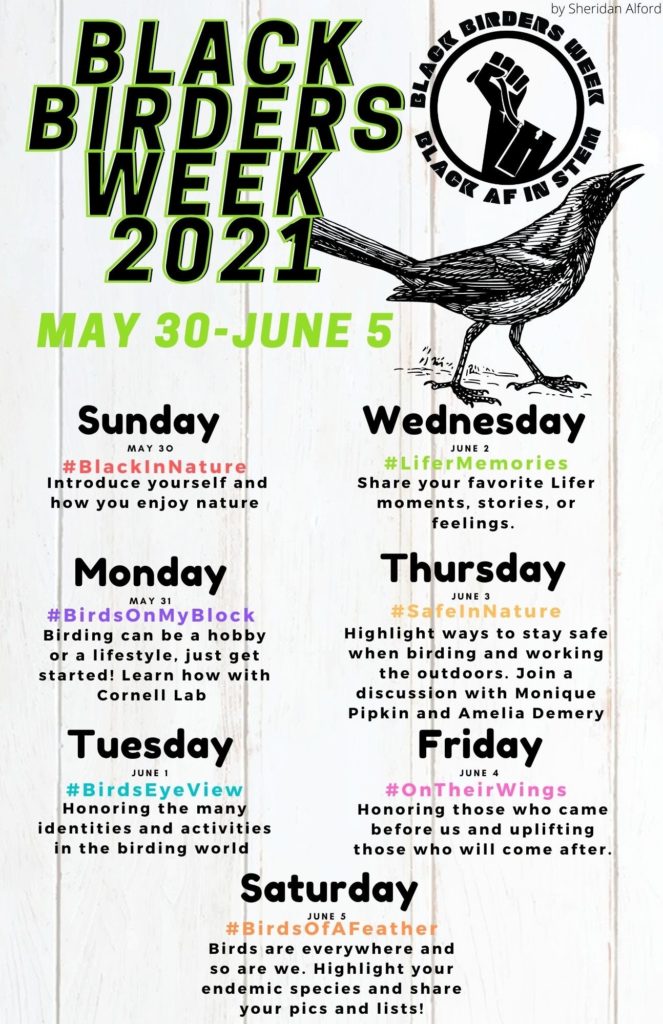
Back to TopBack to Top
Wildlife Management Activity Reminder: Chemical Control Brush Management
By Kameron Bain, Landowner Account Manager
Timing is (almost) everything in chemical control of brush.
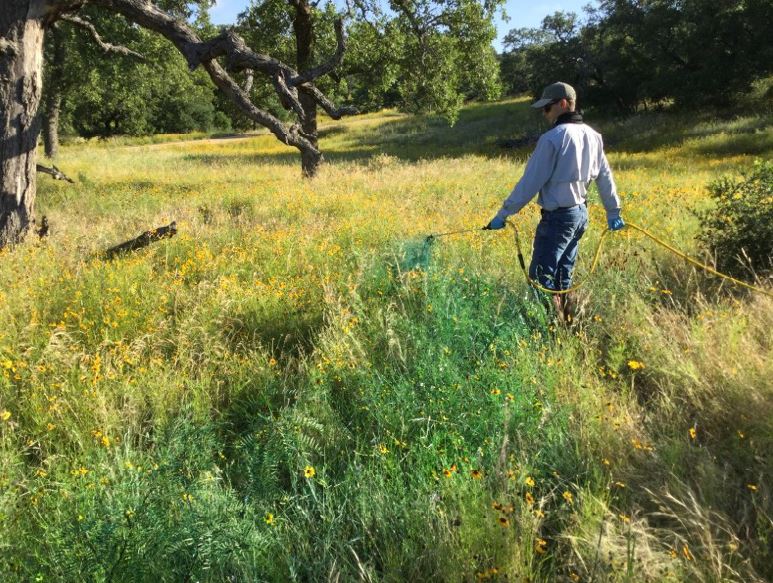 The right tool is essential to a job well done. Many brush species simply do not respond to mechanical treatments like mulching, shredding, bulldozing, or cutting. Mesquite just gets “angry” when you cut off the plant above ground, coming back with many sprouting stems to replace the one you removed. Prickly pear problems can be made even worse because the scattered pieces of plant can sprout new cactus, multiplying your problem.
The right tool is essential to a job well done. Many brush species simply do not respond to mechanical treatments like mulching, shredding, bulldozing, or cutting. Mesquite just gets “angry” when you cut off the plant above ground, coming back with many sprouting stems to replace the one you removed. Prickly pear problems can be made even worse because the scattered pieces of plant can sprout new cactus, multiplying your problem.
Herbicides are often the most efficient and effective way to control common brush species like these, but the right herbicide and the right timing are key to success. Foliar applications (applying herbicides to the leaves) are especially sensitive to timing. This is because the plant must take in and move the herbicide to the roots to prevent resprouting. If the plant isn’t in a receptive time of year, you can do some damage on top, but it will recover and regrow next year.
If you hit the right window and use the proper herbicide, you can expect to kill >75% of treated mesquite plants. A one-time application of the right herbicide on prickly pear can produce very visible results in only a few months with up to 85% control within 18-24 months. While prickly pear is less time-sensitive than others, if the timing is right, high control rates can be obtained even sooner.
How do I do it?
Deciding how and when to treat brush with herbicides depends on a lot of factors – brush species, growth form, growth stage, season, density, etc. Even soil type can affect the effectiveness of some herbicides. The Texas A&M Agrilife Extension Brush Busters website is a great resource for do-it-yourself chemical control information. Keep in mind that following herbicide label directions is essential and some herbicides will require a Pesticide Applicator’s license to purchase and use. Plateau maintains a Commercial Pesticide Applicator’s license to assist landowners without a private license.
When can chemical control be applied?
Most herbicide applications should be applied sometime during the growing season (Spring through Fall), even when using less time-sensitive methods like stem spraying. Knowing your target plant is key, however, as leaf spraying for mesquite must happen during the summer when leaves turn from light to dark green, while huisache is best treated in the fall. If you plan to conduct chemical control this year, now is the time to get ready.
Plateau advocates thoughtful removal of native brush species because it is important to realize that almost all species of brush (no matter how weedy, prickly, or annoying) have some value to wildlife as food, cover, or both. Any herbicide must be used with caution to avoid damage to desirable, non-target species. Remember that brush management for wildlife often involves the selective removal of individual plants to increase the production of desirable grasses, forbs, and other shrubs.
For questions about your chemical control and/or brush management activities, or if interested in a Plateau Brush Management Plan contact us at plateau@plateauwil1dev.wpenginepowered.com or (512) 894-3479
On-Demand Webinar: Tools to Limit Your Risk & Protect Your Land
By David Braun & Joanne Hatton, Braun & Gresham Attorney & Counselors
As friends, family, and other guests enjoy land for recreational activities such as hunting, swimming, and off-road adventures, landowners could be putting themselves and their property at risk. During this webinar Braun & Gresham Attorneys, David Braun and Joanne Hatton, discuss risk management tools for owners of rural land. David and Joanne cover common concerns landowners should protect themselves against, and layers of protection they should consider such as business entities, insurance, emergency protocols and more.
For questions or more information about risk management tools, please contact (512) 894-5426 or email info@braungresham.com.
Service Spotlight: Summer Webinars
Join us this summer for webinars presented by Plateau’s expert biologists and more!
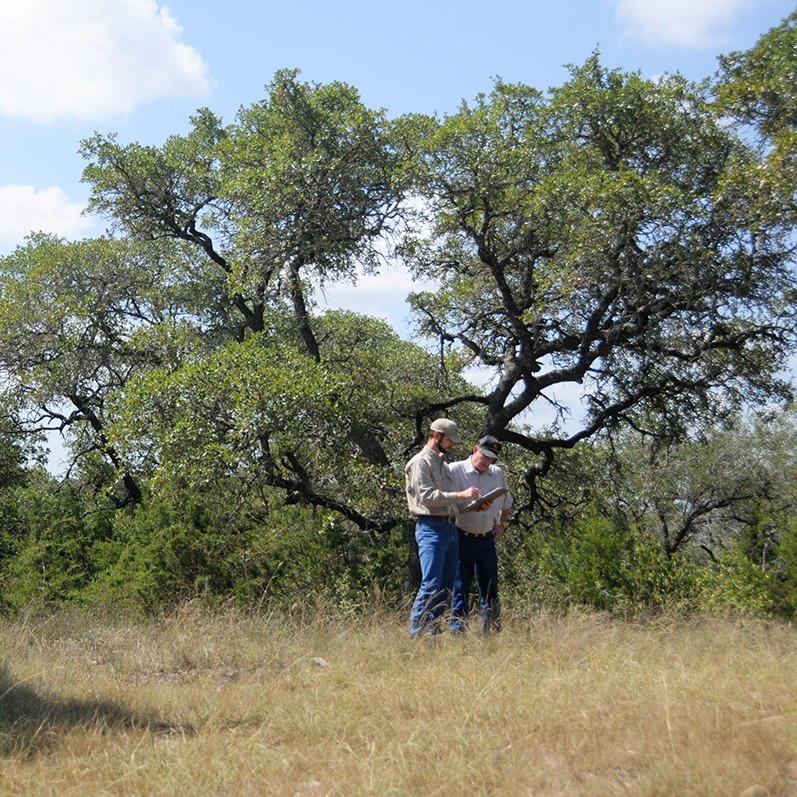 Wildlife Management Midyear Check-In: Tuesday, June 15th, 6:00-7:00 PM
Wildlife Management Midyear Check-In: Tuesday, June 15th, 6:00-7:00 PM
Midyear is a good time for landowners currently in Wildlife Management to review their plan and confirm expectations and goals. Now is the time to assess what activities have been accomplished, confirm adequate record keeping, plan the rest of the year and get help if needed. This webinar will cover the importance of getting started or keeping up with activities now that we are halfway through 2021. We’ll provide examples of activities well suited for after midyear, what you can do right now, and how to set yourself up so you’re never behind again. This webinar will allow you to ask questions and make sure you are staying on track with your wildlife management activities.
Register at: https://us02web.zoom.us/webinar/register/WN_whhP4SBaR9GWjUA1LwNUlw
 Birding Basics for Landowners: Tuesday, June 22nd, 6:00-7:00 PM
Birding Basics for Landowners: Tuesday, June 22nd, 6:00-7:00 PM
Whether you are in Wildlife Management or not, an exciting activity for many landowners is watching and identifying the various birds that frequent your property. In this one-hour webinar, Plateau Wildlife Biologist Danielle Belleny will provide some basic insights and tools to help you get started birding! Danielle will cover some basic behaviors, sounds, and appearances of birds in Texas. She will also provide suggestions of native plants that will help attract and benefit birds on your property. This webinar will provide time at the end to address your questions.
Register at: https://us02web.zoom.us/webinar/register/WN_yahumjDTR8eXf9dPyMK2RA
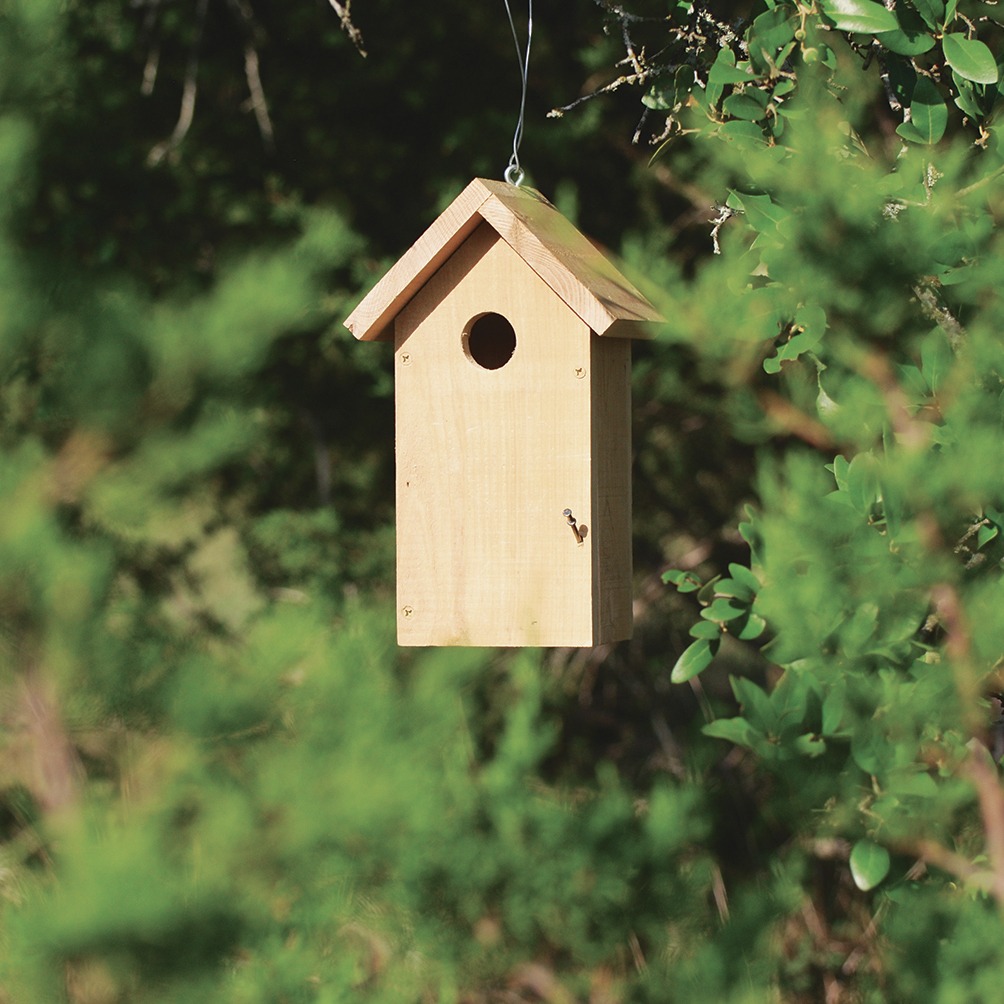 Small Acreage Management Techniques: Thursday, July 22nd, 6:00-7:00 PM
Small Acreage Management Techniques: Thursday, July 22nd, 6:00-7:00 PM
As fragmentation of Texas wildlands increases more and more landowners are struggling to manage wildlife on their small acreage property. During this one-hour webinar presented by Plateau Senior Wildlife Biologist, Tucker Slack, we will discuss different management techniques and activities that landowners can utilize to manage for several different wildlife species. Additionally, Tucker will cover the importance of wildlife management cooperatives and how they can benefit your management. Time will be provided at the end to address your questions.
Register at: https://us02web.zoom.us/webinar/register/WN_V3F8r75dTjuxEhvUbULo2Q
For questions or assistance registering, please contact (512) 894-3479 or plateau@plateauwil1dev.wpenginepowered.com.
Back to TopBack to Top
Field Notes: Pictures & Highlights of Properties in Wildlife Management
Ever wonder how Wildlife Management is benefiting landowners’ property and the wildlife that lives on it? Here are some photos and highlights, from Plateau’s field staff and game cameras, of successes and small victories our landowner customers are seeing on their property.
Bobcat in Eastern Travis County
This photo of a bobcat was captured on a property in Eastern Travis County, and the landowners had the pleasure of watching it move and hunt across the land for over an hour. The bobcat came out of the tall mesquite on the left side of the frame, which created an “edge” for protection and cover. Many kinds of wildlife like edge. When trouble comes, small critters can easily duck into the cover and hide from predators. By creating more “edges” you’ll have more usable space for critters of all kinds.

Turkeys Utilizing Platform Feeder
Check out these turkeys getting a bite to eat at one of Plateau’s Platform Feeders in Gillespie county. As temperatures rise, it becomes more important to provide supplemental food and water sources for the wildlife on your property. Interested in purchasing a Plateau feeder or water source for your own property? Contact us at (512) 894-3479 or plateau@plateauwil1dev.wpenginepowered.com.
White-winged Dove at Feeder
Due to early 20th century hunting and habitat loss, many bird species faced significant population declines. It is hard to believe that one of these species is the White-winged Dove (Zenaida asiatica). As a result of regulated hunting and associated conservation efforts, as well as strong adaptability to urban environments, the range of this dove has expanded significantly northward to cover the vast majority of the state and beyond. Now a very common backyard bird especially with feeders present, its size and beautiful coloration are undoubtedly taken for granted. To attract more birds, including the White-winged dove with their long cooing song, consider putting up some feeders on your own property!
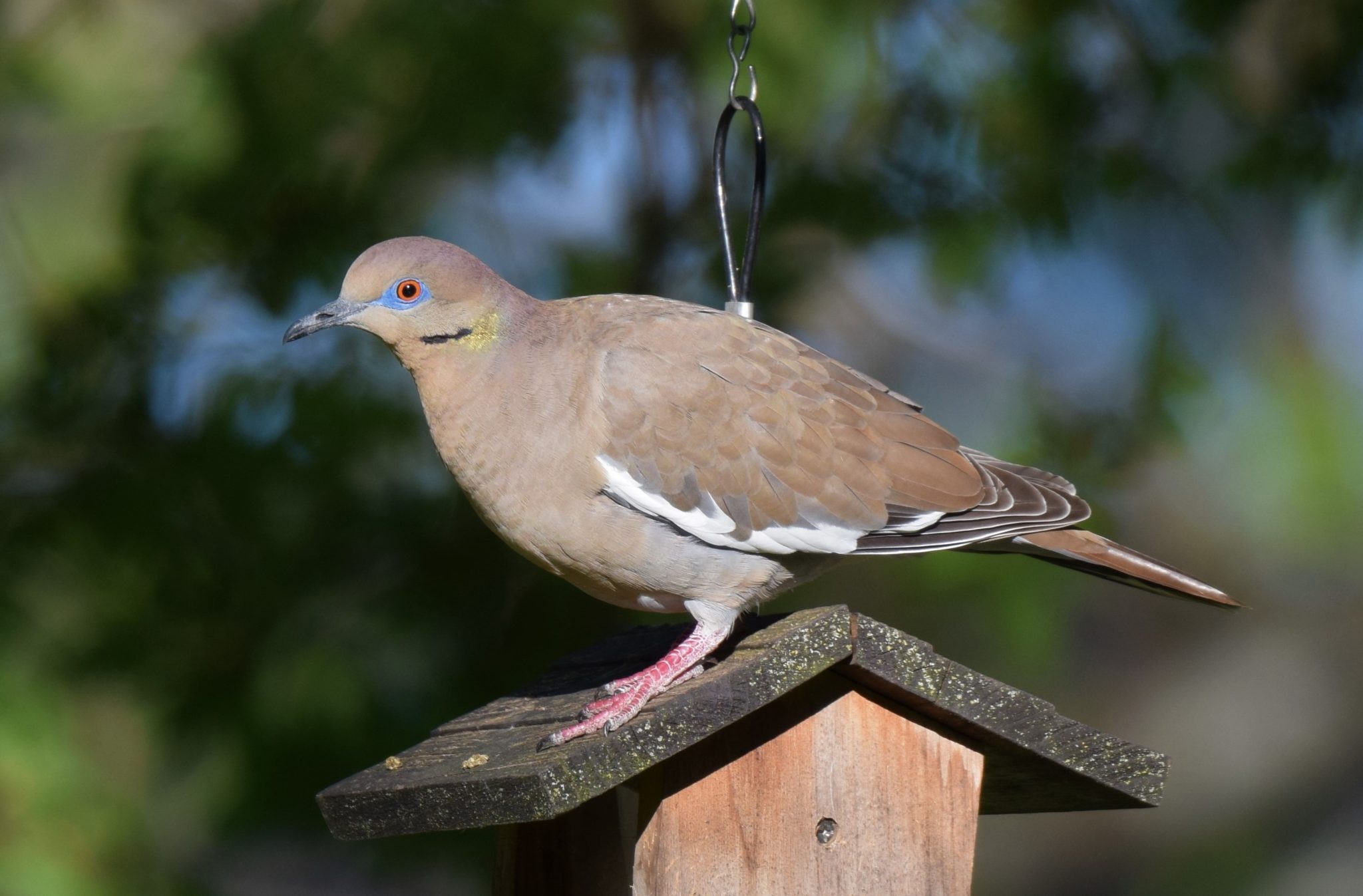
So many of you are out there doing great work. We appreciate you, and so do the native wildlife on your property and across Texas. Large or small, you are making a difference. Look for more great examples of wildlife and landowner successes and victories in upcoming Seasons Newsletters!
News for Texas Landowners
Chronic Wasting Disease Discovered at Deer Breeding Facilities in Matagorda and Mason Counties
News Release by Texas Parks & Wildlife Department
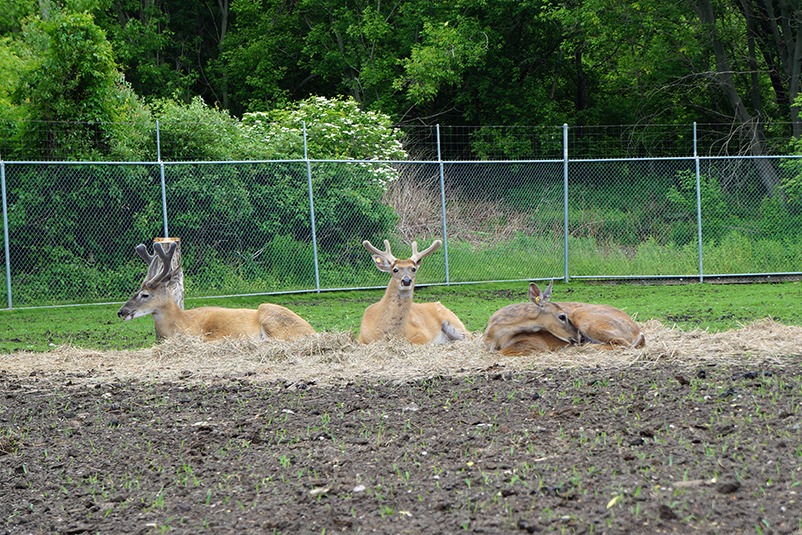
Chronic Wasting Disease (CWD) has been discovered in deer breeding facilities in both Matagorda and Mason counties. This marks the first positive detection of the disease in these counties.
An epidemiological investigation found that both deer breeding facilities had received deer from a Uvalde County premises where CWD was found on March 29. Postmortem tissues samples were submitted by the permitted deer breeders to assist the Texas Parks and Wildlife Department (TPWD) and Texas Animal Health Commission (TAHC) with the epidemiological investigation. The National Veterinary Services Laboratory (NVSL) in Ames, Iowa, has since confirmed CWD in those tissue samples.
TPWD and TAHC officials have taken immediate action to secure all cervids at the Matagorda County and Mason County deer breeding facilities and plan to conduct additional investigations for CWD…
Texas Parks and Wildlife Commission Approves Hunting Regulation Changes for 2021-22
News Release by Texas Parks & Wildlife Department
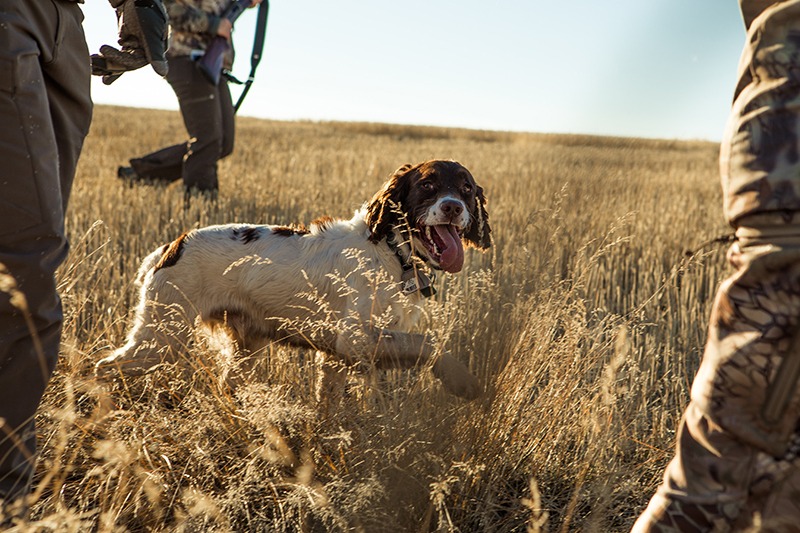
Hunting regulations for the 2021-22 season were approved by the Texas Parks and Wildlife Commission at its public meeting held online March 25. Hunters will see some changes this fall, including the elimination of the experimental pronghorn season in the northern Panhandle and extension of the general pronghorn season from 9 to 16 days statewide, and the addition of two days of hunting opportunity in the Special White-winged Dove Days within the South Dove Zone.
The following modifications and clarifications to the 2021-22 Statewide Hunting Proclamation have been adopted by the TPW Commission…
Snakes Are Out
Article by Adam Russell with Texas A&M AgriLife
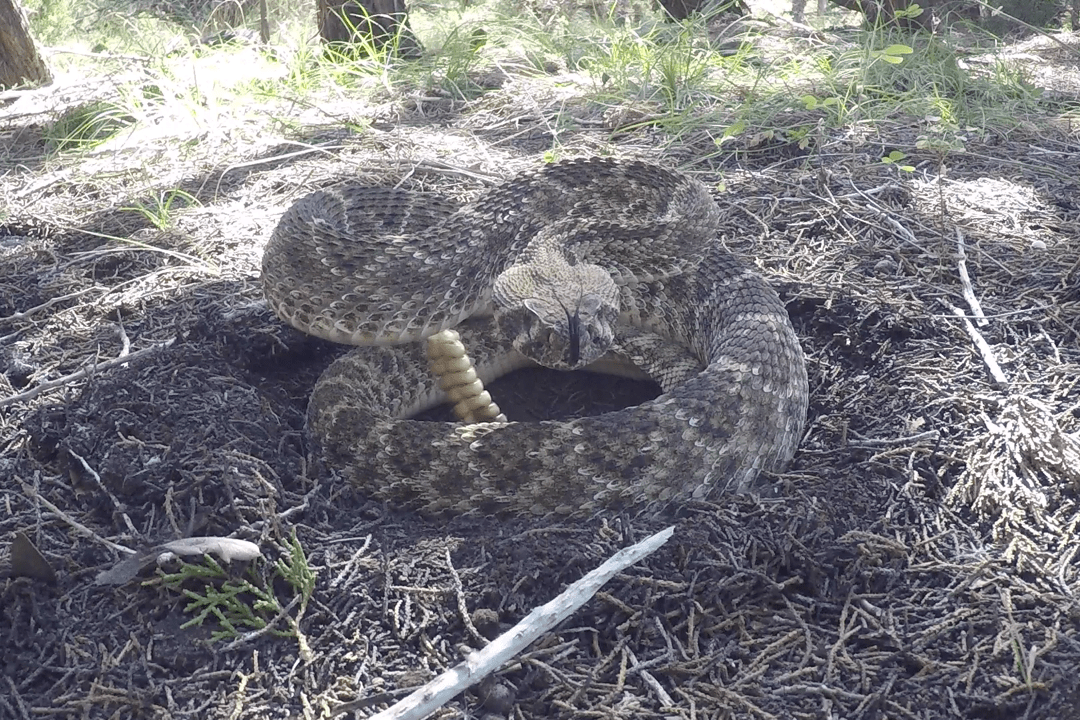
Rising temperatures mean the chances of coming across a snake are also rising.
Rapid urbanization and higher-than-normal amounts of rain are a combination that increase the likelihood of human-snake encounters, and more interactions can lead to more bites.
TMaureen Frank, Ph.D., Texas A&M AgriLife Extension Service wildlife specialist, Uvalde, has some tips on how to avoid snake bites and deal with objects and places around homes and properties that may attract snakes.
Snakes, whether we like them or fear them, are becoming more active around the house and in their natural habitat this time of year. It’s still a little cool, but snake activity will increase as temperatures climb…






Sorry, the comment form is closed at this time.